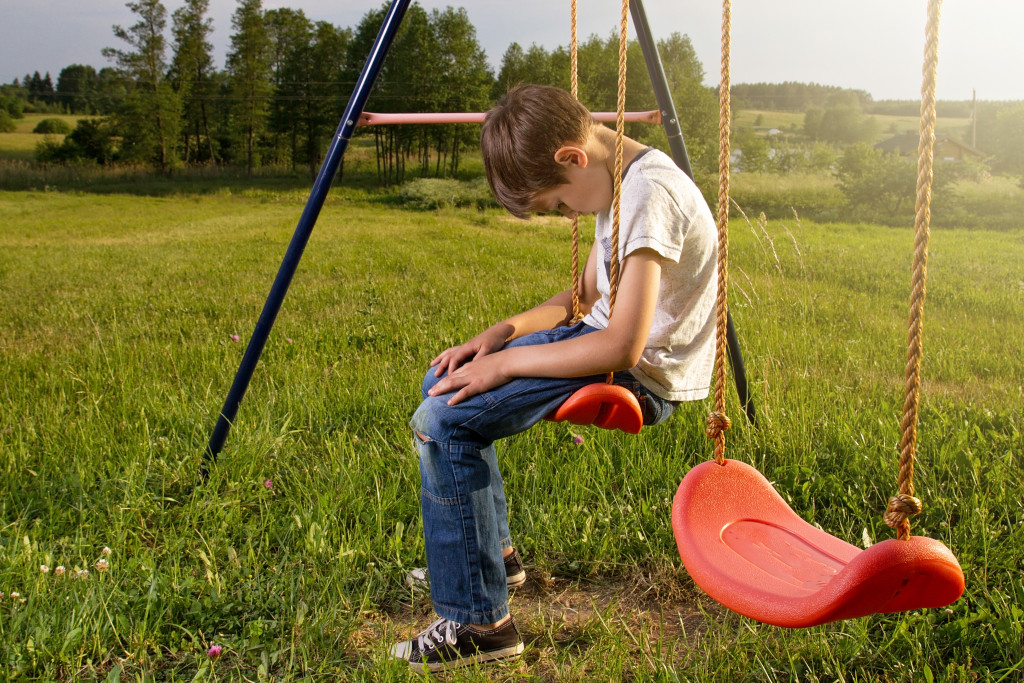Because of how different the world has become since the pandemic began, every loss feels like it’s being amplified to about a hundred. Every problem feels bigger; every loss feels more painful. Many of us lost people that we loved, many lost sources of income, and other people and things of value. Perhaps one of the most painful experiences is losing a pet—something that non-pet owners will never fully understand.
The pandemic has taken so much from us, and losing a pet can feel a hundred times worse. This can feel especially egregious for people who live alone and find comfort and company in their fur babies. If you lost a pet in the past few months, here are some healthy and productive ways to grieve our pet loss during the COVID-19 crisis.
Don’t minimize the grief
To make the pain hurt less, one tends to try and minimize the pain, with invalidating statements such as, “It’s not the same as losing a person.” But this could be more harmful than helpful because there’s no point in denying when something hurts us, and experts say that denying or suppressing our feelings can be bad for our health.
The first step is to accept and embrace the reality of the situation and how much it hurts. If it feels like you lost a person you love, treat the loss as if you lost a human being. In some cases, people can be even more attached to their pets than they did to the people in their lives, so there’s no point in minimizing the loss and how much it hurts you.
Establish a ritual
Now that you’ve decided to accept the reality of the loss, it’s time to create a ritual that can help you solidify the loss in a way that makes sense for you. Burials and ceremonies exist for a reason; they help us honor the person and the spirit of the one who left, all while providing those left behind with a channel through which they can express their mourning.
This is also a wonderful teaching moment if you have kids; you will help them learn about the reality of death as early as possible, instead of just sweeping it under the rug or telling them their dog went to live on a farm or something.

Hold on to the memories
If you find it cathartic or therapeutic to collect toys, photos, and other memorabilia that remind you of the wonderful times you had with your late fur baby, don’t hesitate to keep them. Print out some photos, set their paw prints in stone, or hire jewelry makers to carve their faces into a necklace or bracelet.
They may no longer be here physically, but you are allowed to keep them in your mind and heart. You can also consider different kinds of pet preservation or taxidermy if you want to remember your pet before they die: bright, bubbly, and energetic. If it can help you move on from your grief and if it makes sense for you, explore that option.
Remove triggers
On the flip side, if you find that reminders are more harmful to you than they are healing or therapeutic, don’t hesitate to get rid of them. How you heal and recover is your business, and you alone can know and tell what is helpful and what’s not. If you find that it’s not the most productive thing to have reminders around the house, donate your pet’s old items and keep the photographs locked away somewhere safe in case the time comes you want to look at them again.
Share stories
Grief research has shown time and time again that sharing stories about the beloved who passed away is helpful to those who are grieving. If you have wonderful memories with your pet, don’t hesitate to share them with people you trust, both in the burial and even after.
Find people who you know are with you in your mourning and won’t minimize your pain or make fun of you for your grief. If it’s impossible to share in person, consider sharing stories on your social media account, but choose privacy options that you’re comfortable with.
The grief we experience when we lose a pet is real, and there’s no use denying or minimizing it, especially in a time when death and loss surround us. Find support, validate your pain, find healthy ways to cope, and know that you are not alone in this situation.




